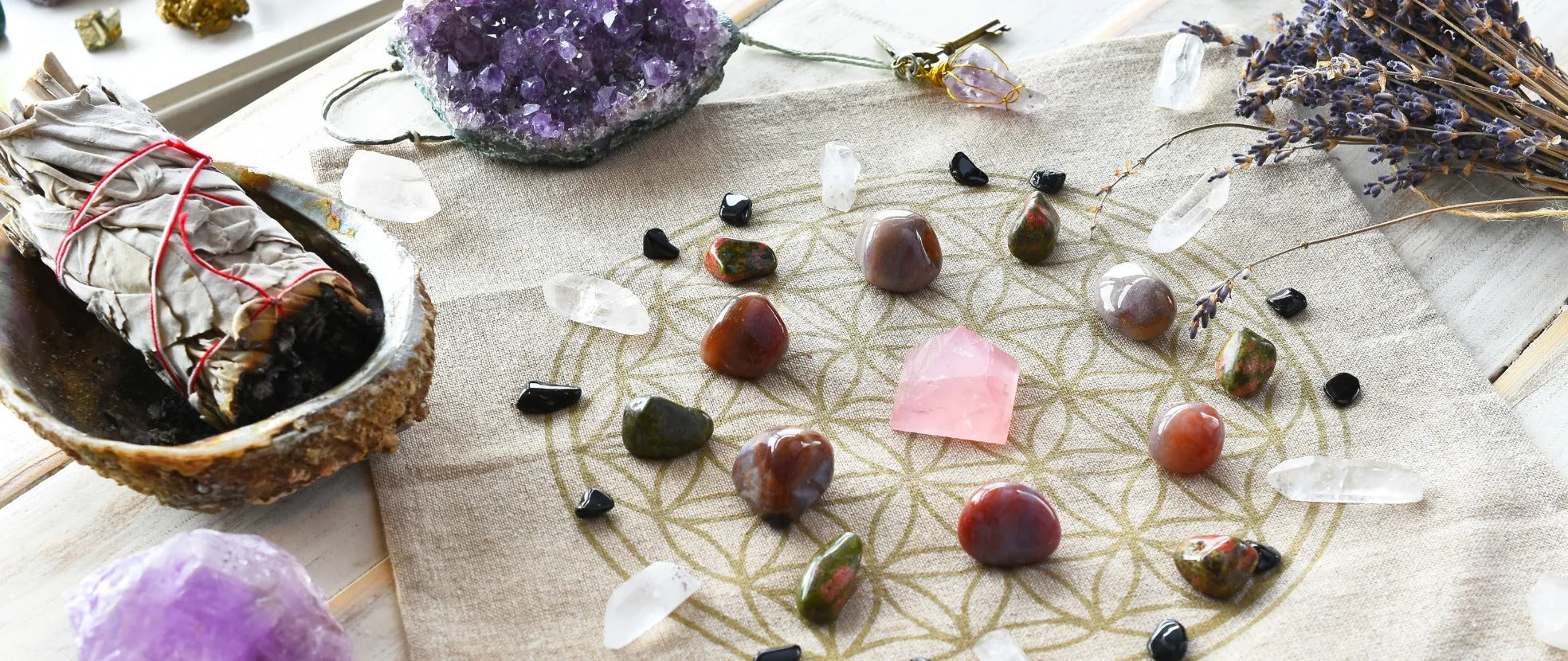Halite is the name given to the mineral salt; it is a type of rock formed out of primarily sodium chloride and is often refered to as rock salt. It can be found in many countries around the world. Areas of salt water such as lakes or other bodies of still water make it possible for rock salt to form as natural sedimentary deposits.
1. Physical Properties
Scientifically speaking it is sodium chloride, a mineral substance. Its formation under pressure is one of nature's marvels. However, it is important to mention that not all salts are formed in this way; some can even form via evaporation, which is the case of Halite. The color of the salt ranges from white to pink to red which is indicative of its mineral content. It can be found with greater impurities making it a darker blue, purple orange or yellow. The proper name for the mineral rock salt is Halite. The cleavage of this mineral is cubic, spreading in three directions at right angles. The crystal formation is isometric. Its luster is vitreous, and on the Mohs scale of hardness, it comes to a level of 2.5. The diaphaneity of this mineral can be considered transparent or translucent.
2. The History of Halite
Evaporite beds are where we will find Rock Salt. The evaporation of water in what used to be lakes is what creates these beds revealing the mineral in complex and beautiful crystal formations. The Rock Salt may stay on the surface or become covered by other sedimentary material under which it becomes buried.
Probably the most popular use for Halite is in the chemical industry. It is vital in many cleaning products, detergents, and stripping agents because of its application for the manufacturing of chlorine products and hydrochloric acid. Batteries, flares, fireworks, and similar products are also made from these agents in which Salt plays a vital role.
Sea Salt has been used for centuries to preserve meat and store it for times when there are scarce provisions. This mineral has been part of history for centuries, Romania used it for artwork dating back as fas as 6050 BCE, likewise in China to 6000 BCE. In Europe and much of the ancient world, Salt was a highly valued mineral, not only for searing meat and preserving foods but also playing an important role in trade. During the very first millennia BCE, salt was a protagonist making it possible for the Celtics to trade with diverse counties such as Lebanon, Greece, Rome, Egypt, and Pheonecia. Salted meats were exchanged for such items as wine, dyes, glass, and wood.
3. The Lore of Halite
Traditionally salt has been offered to the gods as offering and used for protection against evil spirits. Water mixed with salt is often used to purify as is placing salt in each corner of a room during a seance or invocation. It has been used in this way for centuries in the Japanese culture; the Shinto regard Salt as a highly purifying agent. Likewise, the Aztecs worshipped Huixtocihuatl; fertility Goddess which was associated with salt and salt water.
4. The Metaphysical Properties of Halite
Halite or salt is believed to ward off evil spirits; this is why it is placed in lines bordering doorways and windows. It is thought that by doing this, it is possible to keep demons from entering the household. It is also used to promote business and to purify the atmosphere. If used to cleanse, the salt should be disposed of, preferably in running water or at a crossroads, away from you.




